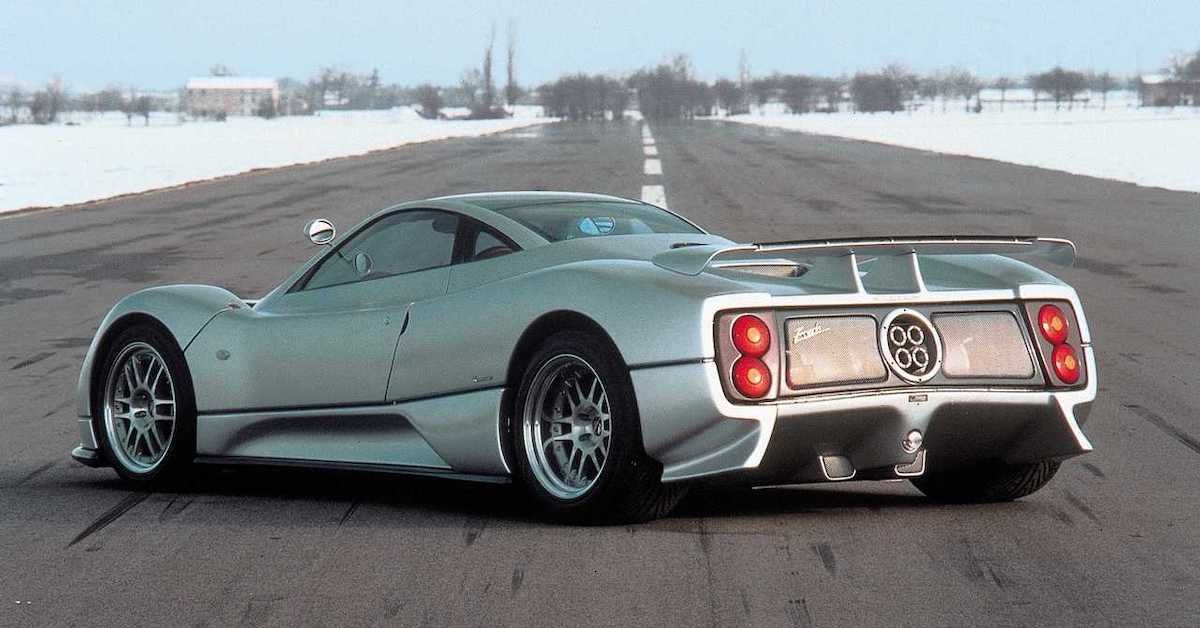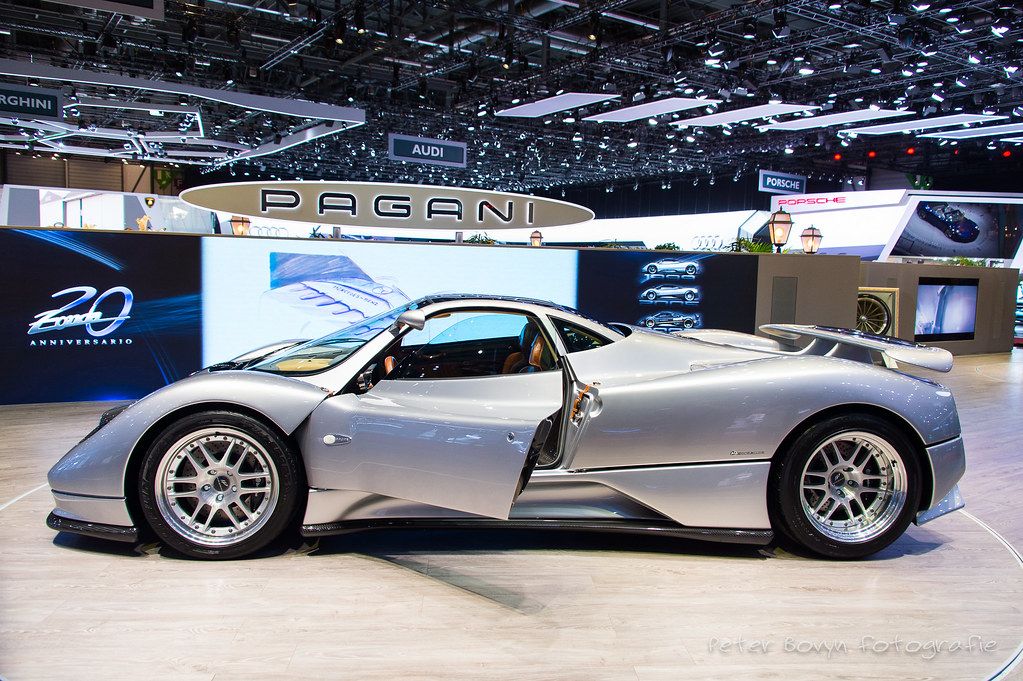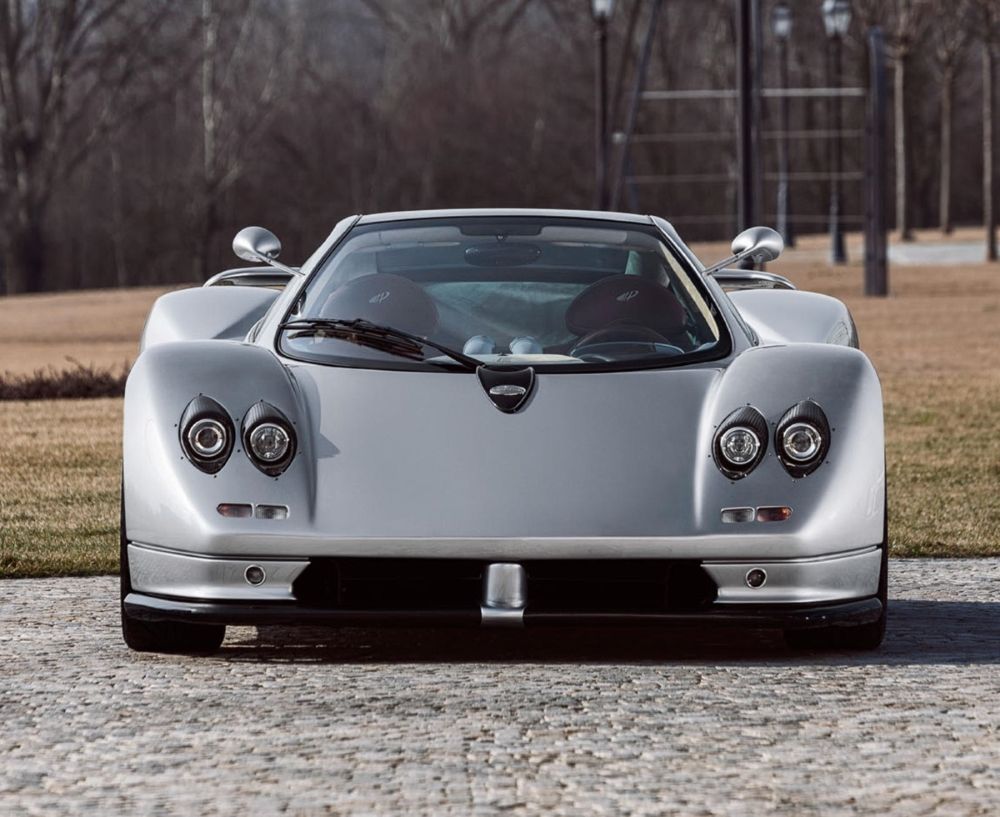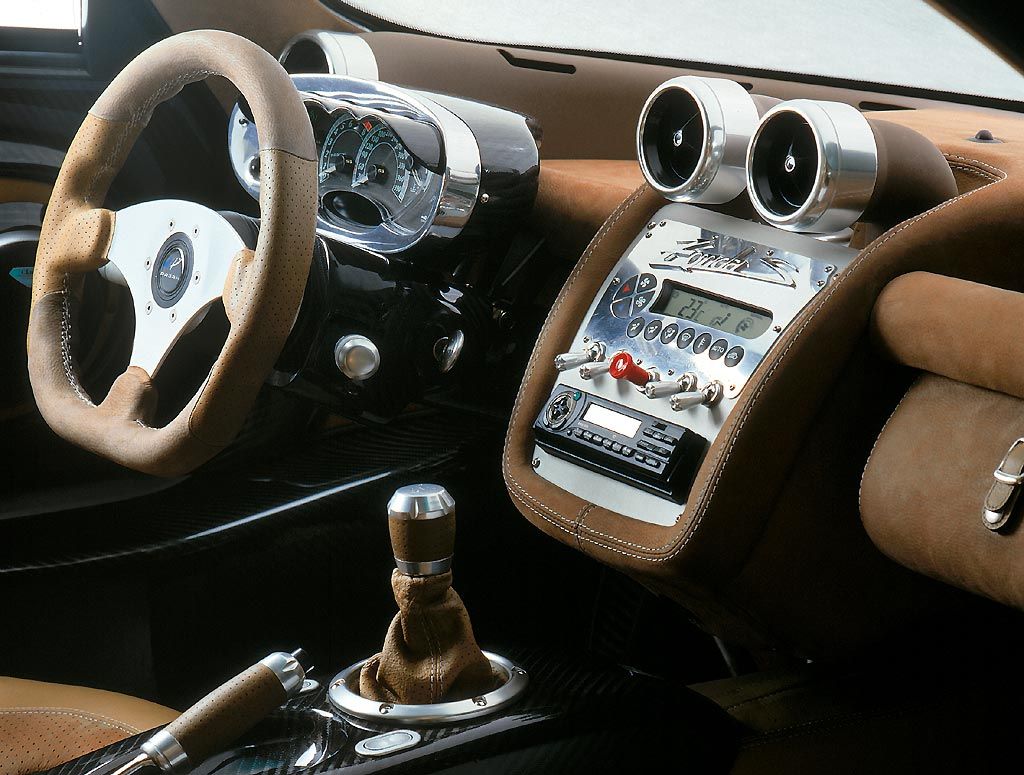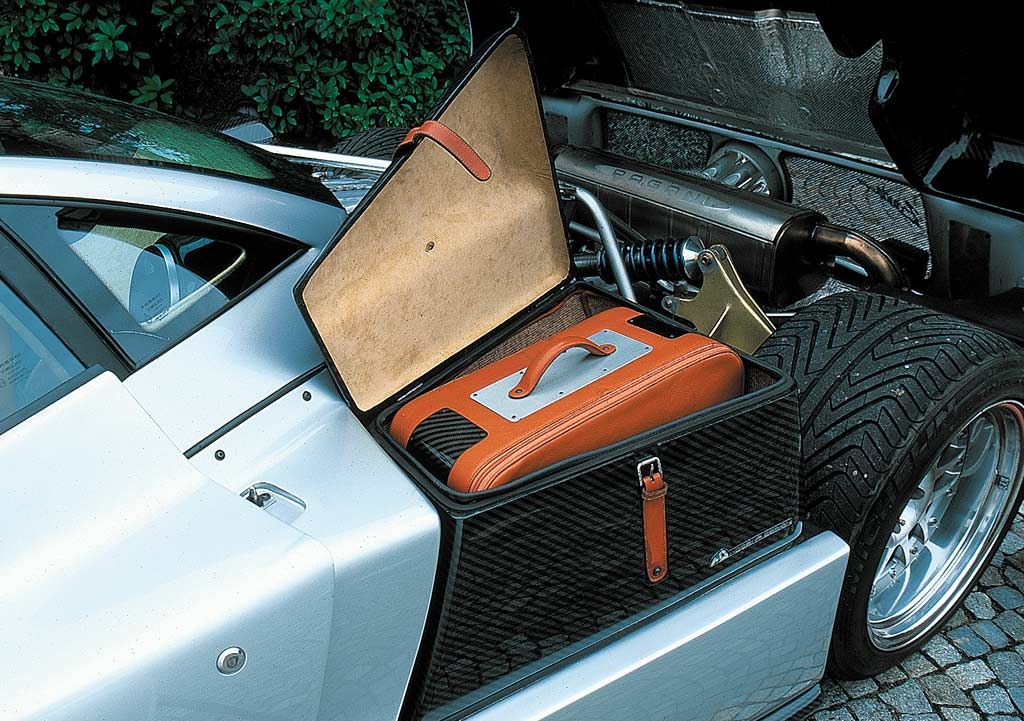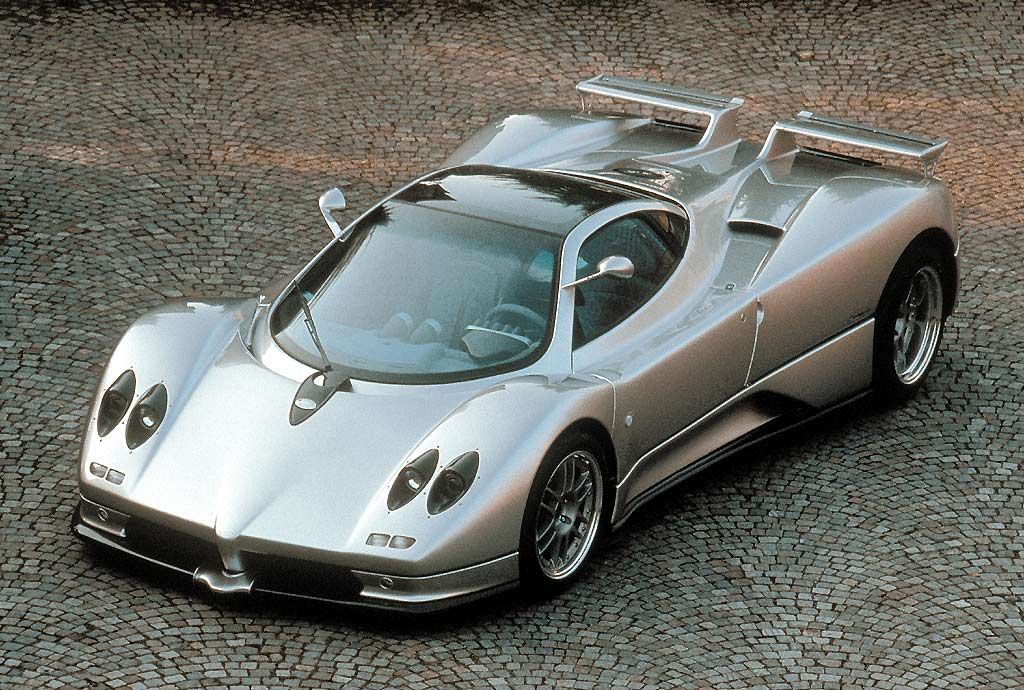As a new kid in the highly competitive supercar block, the bricks were stacked heavily against the Pagani Zonda released in 1999. Just a handful of people could recognize the name, so Pagani demanded the world’s attention by releasing an extremely desirable, powerful, fast, and handsome supercar. And it surely did get the attention. So, why are you just hearing that name for the first time today? Because Pagani Zonda for reasons you'll find out by the time you're through this article, wound up with a similar fate as the British TVR.
Needless to say, Pagani Zonda was undoubtedly one of the best Italian supercars ever. So, what's the story? Zonda cannot boast of the storied motorsport history of other supercar marques, such as Ferrari and Lamborghini. We’re dropping these names because Zonda was clearly up against such big names with its racing pedigree. Even without that racing glory, Zonda earned the respect of fast and stylish cars by pushing the limits of fast and furious through successive Zonda installments.
The 1999 Pagani Zonda C12 was the first in a short production lineup Zonda variants whose race ended in 2013. However, Pagani continued to make one-off Zonda Variants, including the 2019 Pagani Zonda 760 Danubio. This article focuses on the Italian supercar marvel that started it all, the 1999 Pagani Zonda.
The 1999 Pagani Zonda Was Like The New Kid With Cool Toys
What do you do if you want your voice heard in a large hall with a lot of people talking at the same time? Speak louder or bang something, anything loud enough to attract the attention you seek. That’s exactly what Pagani did with the Zonda, except he literally overdid it, assuming there is any such thing as too much with supercars. Do you think a growling V12 is too much in Lambo? Gearheads beg to differ, and they have the same sentiment towards Zonda’s mid-mounted DOHC V12 motor.
In preparation for making of this car, Horacio (or Horatio, depending on who you ask) Zonda approached Mercedes-Benz seeking to power his new kid with Benz’s V12 engines. Inspired by the air current flowing through the Andes in Argentina, where its founder was born, Zonda needed cool toys to hang out with the big kids. By the time it was unveiled at the Geneva Motor Show in 1999, it was set to become one of the biggest kids that ever walked the supercar block.
Horacio may have named the car after air current, but jet fighters and the Sauber-Mercedes Silver Arrow inspired its design. In fact, you could identify traces of the Sauber-Mercedes C9 in Zonda’s spherical 4-pipe exhaust and other design elements on the car.
When we said Zonda is extravagant and excessively equipped, we weren’t just talking about exterior and interior design features. In fact, Zonda’s exterior beauty is how it managed to redefine minimalism, as exemplified in the unfinished carbon fiber body panels, the exposed suspension and chassis components, and many other such dramatic displays of minimalism. You can't miss the fastidious craftsmanship in the photos we've carefully selected for this article.
The absence of restraint goes beyond the exterior and interior aesthetics to permeate what lay beneath Zonda’s hood. There were two trims that same year; the Pagani Zonda C12 and the C12 S. The C12 toted an AMG 6.0L V12 motor that made 420 lb-ft of torque at 3,800 rpm (570 Newton-meters) and 444 horsepower at 5,200 rpm. Now, that’s something you call excessive in 1999, but the latest Pagani installments hold an 800-horses benchmark.
The 1999 C12 was incredibly fast, anyway. It could make the 60 mph dash in 4.2 seconds and achieve a 185 mph top speed. The Mercedes-sourced V12 motor, attached directly to the chassis, was paired to a 5-speed manual transmission. The car weighed 2,755 lbs, a lightweight that allowed it to aim for its fighter jet expectations. The fighter jet thing is not just about the speed, though. Observe Zonda from certain frontal and side angles, and you can see the resemblance. The curved windshield and interior layout equally enhance the fighter jet profile.
Horacio’s decision to utilize carbon fiber extensively in the C12 was part of the excesses that stood out Zonda. The man is quoted to have said, “The shape had to be sensual, the wheel arches should recall a woman’s bosoms, the rear bonnet the hips. Inside, the seats would be shaped like an inverted pyramid to wrap around the shoulders, giving a sense of power to the man, and protection to the woman. A complicated search of simple ideas. In a word: the Zonda.”
How Much Is The 1999 Pagani Zonda Worth Today?
Want one? Yes, you can. It might look to all intent and purposes that Pagani Zonda is dead, but what many don’t know is that the company is very much alive today and in the business of catering to the bespoke needs of deep-pocketed customers.
Conflicting reports make it difficult to pinpoint the exact price of the 1999 Pagani Zonda C12, but the price point is between $280,000 and $325,000. As you know, original pricing does not reflect the current value of a rare exotic like Zonda. The 1999 C12 S variant is even more expensive with a $1,000,000 price tag although the two are so alike you could easily mistake one for the other.
What lay in the engine bay is the primary difference between the C12 and C12 S. While the C12 carried 444 horses 6.0L V12 engine, C12 S toted a 7.0L race-tuned M120 V12 motor producing 542 horses and 553 lb-ft of torque. The result is a Zonda C12 sports variant that blazed the 60 mph sprint in just 3.7 seconds, reaching 100 mph in 7.5. Excesses, that's Pagani Zonda’s essence.

